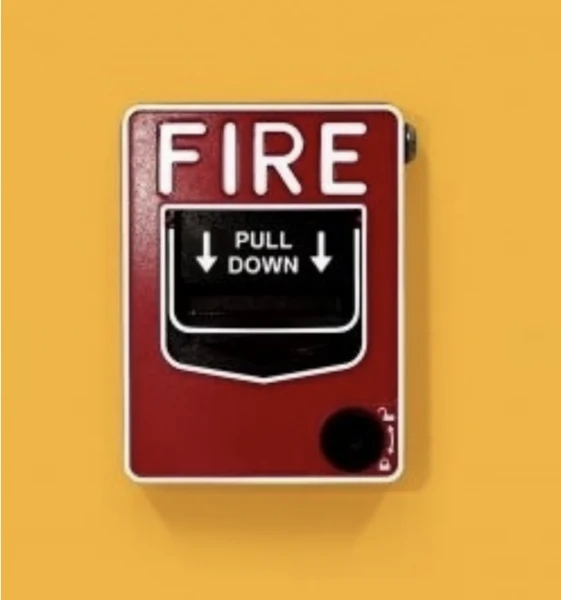When someone asks about your building’s fire protection system, you probably think about its alarm and sprinkler systems when, in reality, it is much more. It is a collaboration of systems between Active Fire Protection and Passive Fire Protection.
Active Fire Protection (AFP) is a group of systems that require some amount of action or motion in order to work efficiently in the event of a fire. Actions may be manually operated, like a fire extinguisher or automatic, like a sprinkler, but either way they require some amount of action. AFP includes fire/smoke alarm systems, sprinkler systems, and fire extinguishers as well as firefighters. Fire/smoke alarm systems are used to detect whether there is fire and/or smoke in a building. Sprinkler systems are used to help slow the growth of the fire. Fire extinguishers and firefighters are used to help put out the fire altogether.
Passive Fire Protection (PFP) is a group of systems that compartmentalise a building through the use of fire-resistance rated walls/floors. Compartmentalising your building into smaller sections helps to slow or prevent the spread of fire/smoke from one room to the next. PFP helps to limit the amount of damage done to a building and provides its occupants more time for evacuation. PFP includes fire/smoke dampers, fire doors, and fire walls/floors. Dampers are used to prevent the spread of fire/smoke throughout the building through its ductwork. Fire doors help to compartmentalise a building. Fire stopping helps to separate the building into compartments. Photo-luminescent egress path markers help light the way to safety.
So then why worry about a passive fire protection system if you have a working active fire protection system? And why worry about active when you have passive? Well an active fire protection system takes action in helping to put out the fire, but may not always function the way they are designed to work. Sprinklers could fail due to the lack of maintenance, water supply problems like frozen pipes, or even inadequate water pressure. On the other hand, passive fire protection uses systems that help control and prevent the spread of fire/smoke. It does not, however, take any type of action, such as putting out the fire. Therefore, both AFP and PFP are meant to work together during a fire, not one in place of the other. Both active and passive fire protection systems can control fires. Together they help protect lives.
Original Source: Life Safety Services





